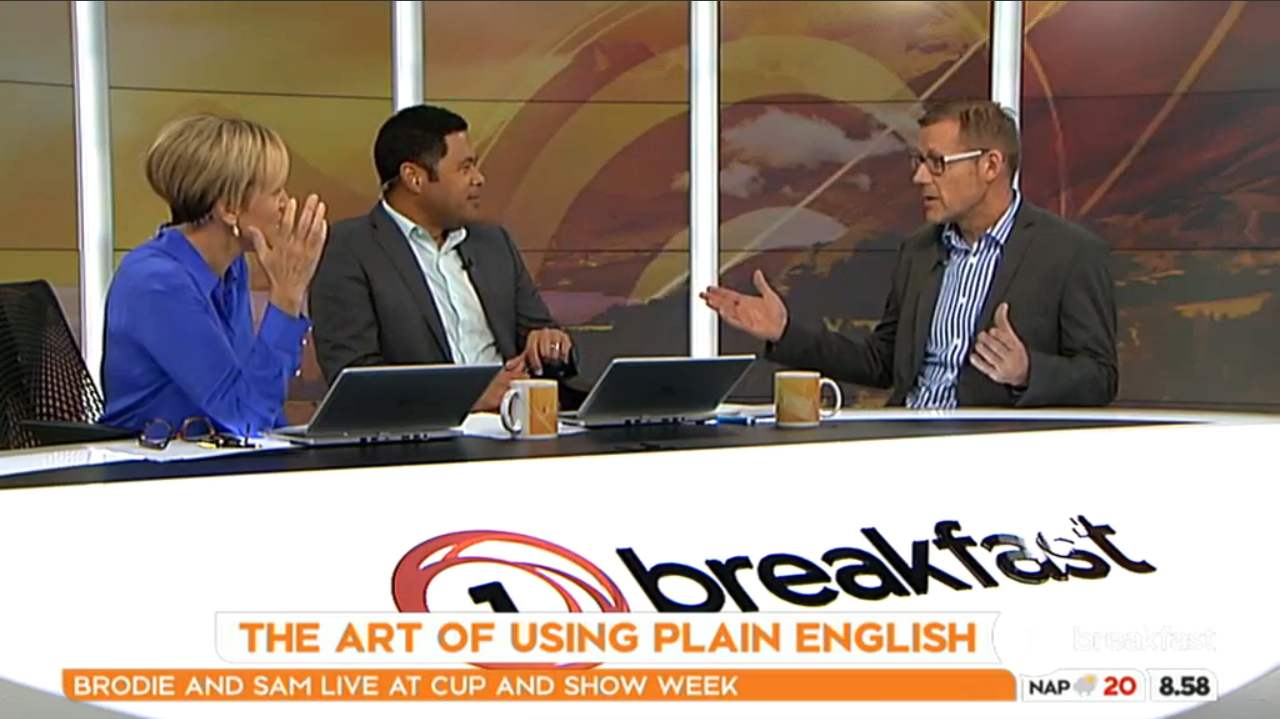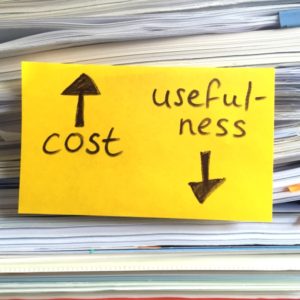600 words | 3 minutes to read
From busyness…
A few years ago, I held a productivity session for a large group of managers who all had the same role but worked in different locations. The session theme was Essentialism, which is (essentially) saying no to the things that don’t matter so you have the time and resources to achieve the things that do.
I asked the group to list on large Post-it® notes their most important tasks. They came up with 43 – the walls were covered.
The tasks could not all be equally important, and some were likely to be counter-productive – distracted managers doing things slowly that they should be setting-up others to do swiftly. The tasks certainly could not all be priorities (the whole idea of a priority is to have only one – pri- means ‘first’, not ‘firsts’.)

As the great Anna Pavlova said: To follow, without halt, one aim: There is the secret to success. The performance of both individuals and teams suffer from having mixed priorities.
To business…
So we shook things down, discussed the relative costs and implications of each task, and within an hour we had illuminated the underlying truth of good management, which is to do just three things.
- Recruit awesome people and support them.
- Problem solve to clear paths for your staff to get on with being awesome.
- And, without compromising your performance of the first two activities, do anything else (compliance, peripheral administration, contributing to strategic decisions, etc) to keep the team humming.
But there is a fourth task – or, rather, a new first one – if the system in which everyone is working is fundamentally flawed (which wasn’t the case for those managers).
- Audit and redesign the system.
I keep returning to this Edwards Deming quote, but its relevancy has not dulled.
[A manager] needs to understand that the performance of anyone is governed largely by the system that he works in
In other words, a flawed system prevents optimal performance by affected participants, so its manager needs to find a way to redesign the system.
Examples of flawed systems at the big end of the scale are the health and education systems. Our health system is still a reactive sickness system, not a proactive well-being system. Our education system is still a qualifications factory, not a careers facilitator. Neither can be optimal until their purposes are transformed.
But the systems I am most familiar with are those in which documents are produced. These sub-systems are much smaller and easier to redesign, and although I have seen many improvements during the past few years, I still see more flaws than flow. This is why I teach my Improving Document Production course, which provides managers with a simple process and supporting tools to set-up their writers to efficiently produce effective documents.
How are you improving the systems you manage?
Given the title of this article, I will assume you are a manager. If you understand Deming’s message about performance, have you invested in your own ability to design and manage an optimal system for your field of work?
A system design improvement is exponentially more valuable than a one-off performance improvement by a worker within a system – just ask the folk managing the world’s 37,000-odd McDonald’s restaurants, or any restaurant manager who wants every meal served to be satisfying, timely, and profitable.
Do you invest enough in your ability to improve the systems you manage? In the world of business writing, investment in designing an optimal production system is typically zero, which is why government departments and other large organisations still regularly deliver documents that are unsatisfying, untimely, and unprofitable.
I have no doubt a breakthrough shift will eventually occur – the light will go off and the knowledge industry will transform, like US car manufacturing transformed in the 1980s. In the meantime, I will continue to do my best to light the fuse…
Don’t put off improving how you write, or how you manage writers. Attend Simon’s public courses in Auckland or at Victoria Professional and Executive Development in Wellington.
Improving Document Production
Writing Essentials
To book an Essentialism talk or workshop, contact Simon.


